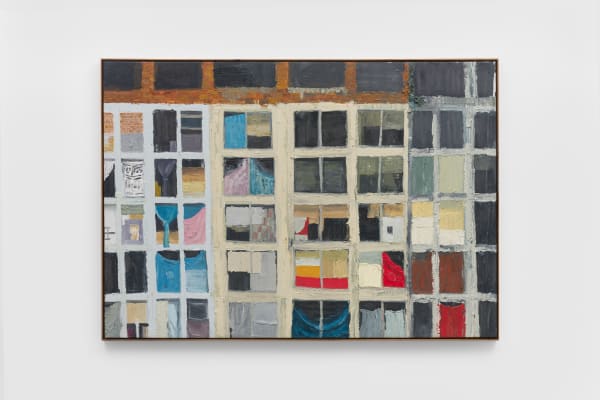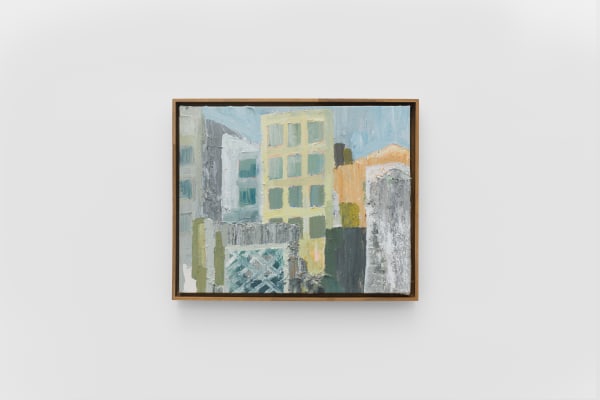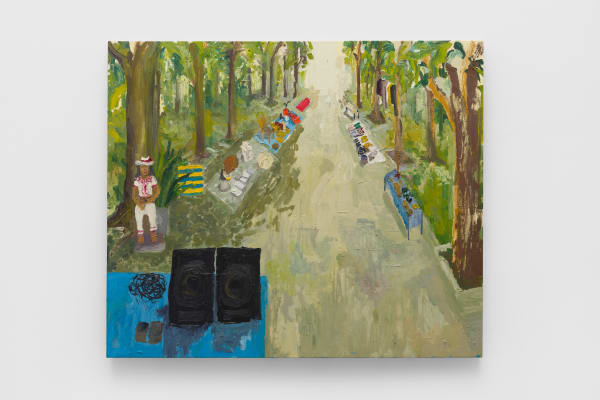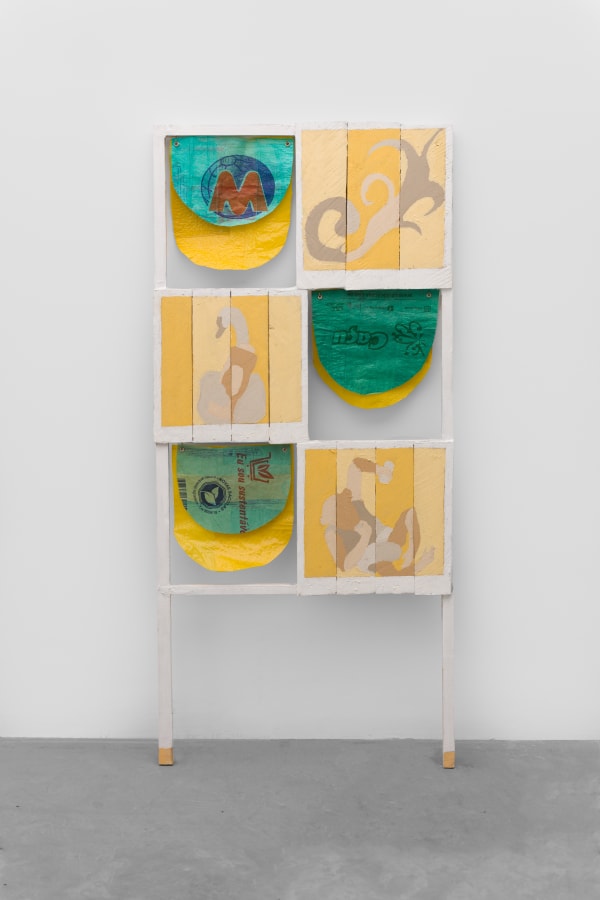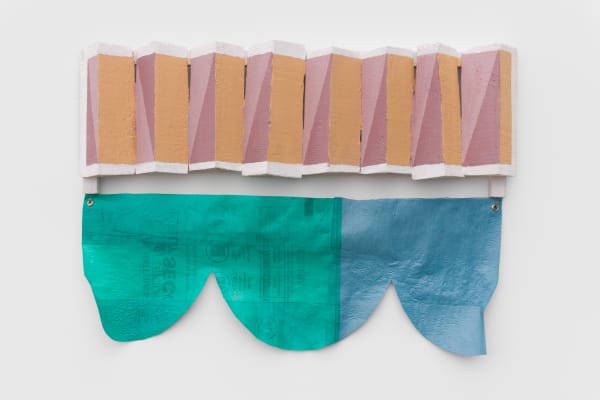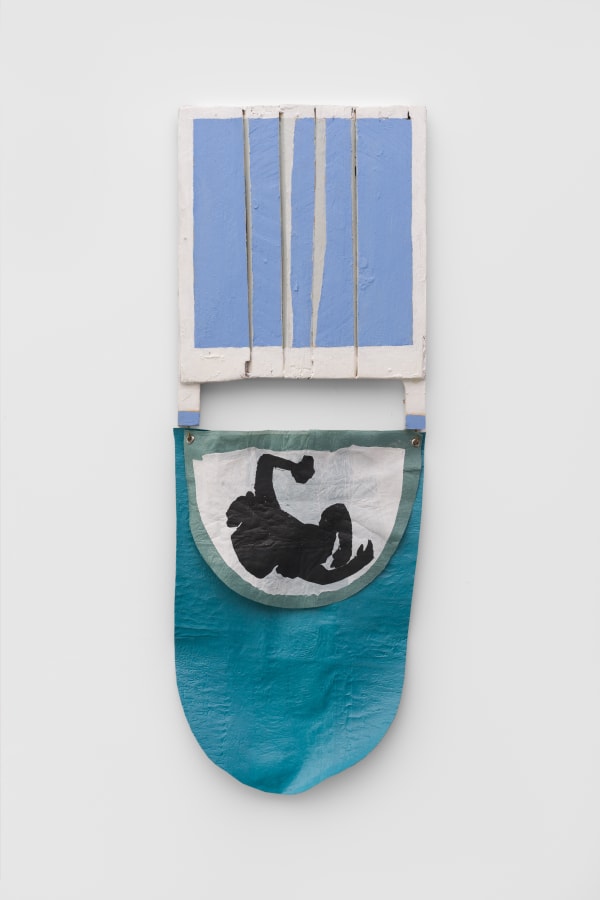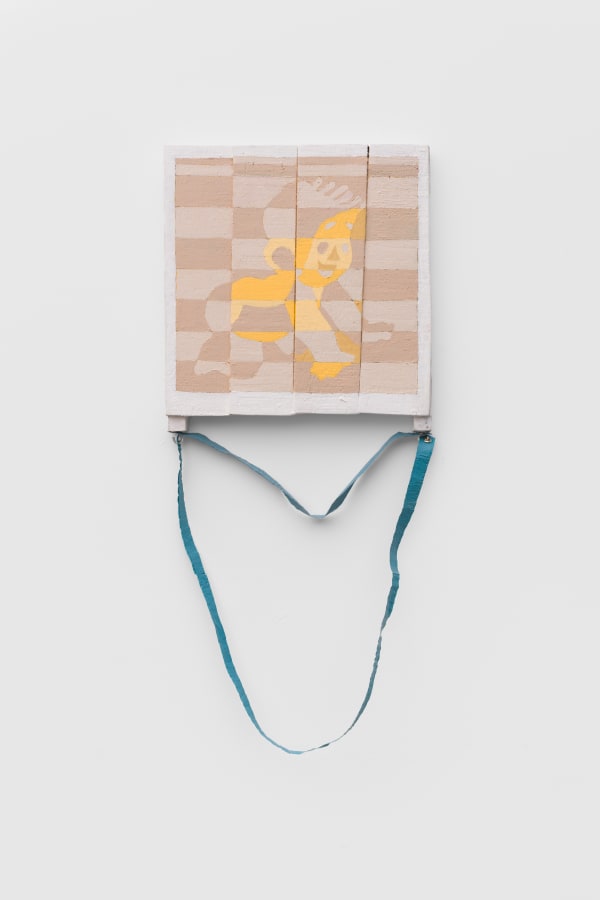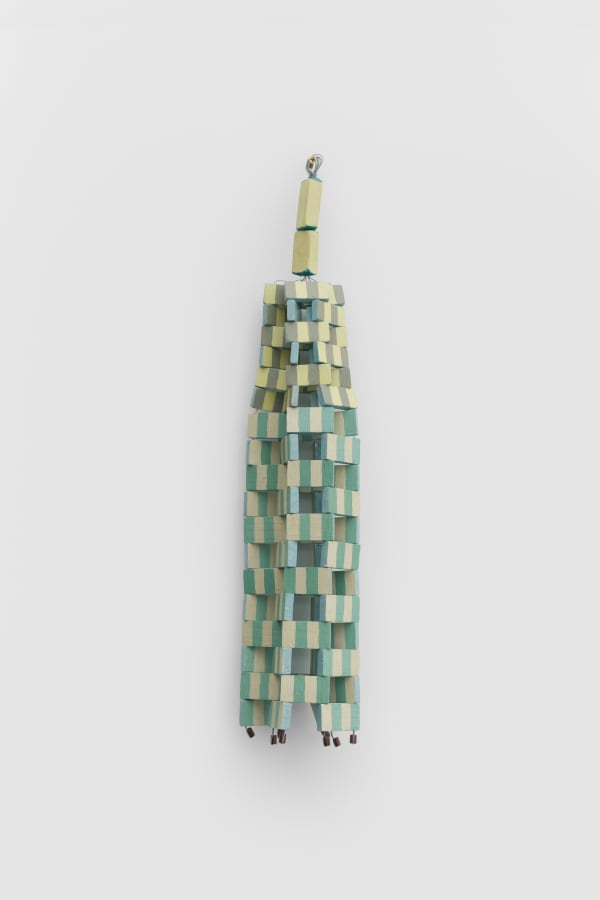Desali & Renata Leoa: Começar pelas pedras
To start with stones
This stone slab stretches wide in tiny pebbles[1]
Various cultures tend to celebrate the beginning of construction work by “opening the earth” through a ceremony that consists of digging a small hole in the ground and placing down the cornerstone, or the block upon which the rest of the building’s foundation will rest. The stone then becomes a vessel for all the history that will unfold in that location. People may choose not to make use of actual solid rock for this purpose, but the work only begins with both a gesture and a physical element that encapsulates the force and form of a space-in-waiting. But this is a two-way street, as before we dress the space with our own purposes, the space itself transforms and guides us by setting out the borders and bridges upon which we will trace our steps and carve our paths. Thus, to know our own history, it may be necessary to trace ourselves back to the land and ask questions to the stones upon which our town was built.
Renata Leoa was born and raised in Bangu, a region within the Western Zone of Rio de Janeiro, and her visual research cracks the windows of space open and bids us to follow the stories that have been carved upon the concrete surfaces that cover the streets and facades of Rio. As in a process of erosion, the history and modes of coexisting and inhabiting the city become lines drawn upon stone, which in turn guide the flow of many lives - a door, an alley, and the backstreets all beckon to a fate that pleads for safe passage, carving time upon space; to echo geographer Milton Santos: “space is but an unequal accumulation of time”[2]. The urban geography painted by Leoa houses the living memory of the overlapping timespans responsible for compiling the history written with paint, stones and the various materials that make up space.
We see, for example, in "Ancestral collection", a piece from 2025, the front view of a housing-occupied stretch of land in the Rio de Janeiro neighborhood of Gamboa, made up of a collection of windows that open into intimate landscapes. The painting symbolically evokes a critical issue around the unequal forms of distribution and occupation of urban space, and with it, the questions about which stories and subjects get to find a space upon which to write their history and at what cost such a right is accessed. The city, a segregating and delimiting stone slab, reveals itself in the artist's painting not as a set of buildings, but as a collective of "pebbles", small elements that form and reinforce the existence of a larger whole. The term is also utilized in literature to refer to the distinct subjects and stories that make up the world and in it create in-between paths among wider avenues, enchanting ordinary life through a web of knowledge and ways of living, as pebbles are to a boulder. It is precisely in the pebbles that time has made more history, where it has been sharpening its edges, and in it dwells a materialized ancestry that continues to be passed down in an unceasing cycle.
Pebbles can be thrown, found along the way, used to build a home or to spark revolution, and there are those who even read the future on such precious stones. To start with the stones means taking a step back and retelling the story of a house, a street, a neighborhood, a stone, a city or even a country. Rio de Janeiro, a space widely portrayed by artists even in some of the pieces exhibited here, has written is history upon various rocks; some of its most touristic destinations are rocky summits, which have seen their share of pain during the city's urbanization process, as with flattening of the Castelo and Santo Amaro hills. These processes were associated with a city-wide reform that was based on deeply cleansing practices, a foundational issue beyond the work presented here by Desali.
The artist, who grew up in the Bairro Nacional, in Contagem, Minas Gerais, also found the beginning of his poetics in experiencing the urban territory. The streets he roams and the routes from the periphery to the city center directly make up the lines and phrases of his body of work. Both in the way of relating to space and in the choice of materials and supports for creation, Desali plainly refuses supposed neutralities, and sheds light upon the palimpsest of the past from which the present is woven. The path trailed, as well as the bases for his paintings, is carved by the feet and narratives of those who came before – spare parts and reused wooden boards – themselves marked by their previous use in other stories, maybe as fruit or vegetable crates. This comment that alludes to food, exchanges and recycling can be used to reflect upon part of the artist's pieces in the exhibition. His work integrates a research process on structural racism and cleansing practices and recovers the memory of the "Tigreiros", enslaved people responsible for the hazardous work of collecting waste in nineteenth-century Brazil.
As one of Renata Leoa's paintings takes us to the Gamboa neighborhood, another takes us a few minutes further, to Senado Street, on the other side of Brazil Central Station, which opened in 1796 and was later paved with cobblestones. The place became an important denominator for Desali's research after his 2024 residency at the Solar dos Abacaxis, an institution located on the same street, where he developed the series “Tigreiros Granada”. Through it he revisits the historical past of Brazil by creating pieces that expose the structural racism and cleansing practices associated with Granado, a fragrance shop also headquartered at Senado Street. By exposing the legacies of slavery, the series of works re-signifies historical narratives and reinterprets images, all while also implementing an educational initiative called "Chão do Troca", which promoted the collection of plastics in the residence's surroundings and raised awareness about the waste, reuse and exchange of materials. The artist has also added the diary he used to document the execution of this initiative to the exhibit.
To also end with stones, we are reminded that both artists seek unpaved narratives by returning to the images and stories of the city and to these roads where the path is still made up of living soil. Literature often portrays stones metaphorically as obstacles in a path, and the transgressive alternative occurs by realizing that paths are, in fact, made up of stones that can safeguard possibilities of moving forward and opening the earth to other conceivable structures.
Lucas Alberto
[1]Excerpt from a ritual chant sung to cowhands, passed down orally and recorded by various performers. Free translation. Original: “Esse lajedo é muito grande de pedrinha miúda.”
[2]Santos, M. (2012) Por uma geografia nova: da crítica da geografia a uma geografia crítica. São Paulo: Hucitec, 1986, p. 209.
![Renata Leoa Cobrança ancestral, 2025 Tinta acrílica sobre tela [Acrylic paint on canvas] 160 x 200 cm [63 x 78 3/4 in]](https://artlogic-res.cloudinary.com/w_800,h_800,c_limit,f_auto,fl_lossy,q_auto/artlogicstorage/galeriaathena/images/view/3301260722ff8d553c87c24bdd439ce3j/galeriaathena-renata-leoa-cobran-a-ancestral-2025.jpg)

